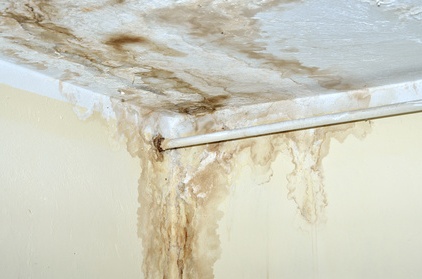Do's & Don'ts of Water Restoration.
Do's & Don'ts of Water Restoration.
Blog Article
What are your beliefs on Fire And Water Damage Prevention?

Water gives life, but water invasion on some components where it's not supposed to be can result in damage and trouble. In addition, houses with water damage scent old and moldy.
Water can originate from lots of sources like tropical cyclones, floodings, burst pipelines, leaks, and drain issues. If you have water damage, it's much better to have a functioning expertise of security precautions. Right here are a few guidelines on just how to handle water damages.
Do Prioritize Home Insurance Coverage Protection
Seasonal water damages can originate from floodings, seasonal rainfalls, and wind. There is additionally an event of an abrupt flood, whether it came from a malfunctioning pipe that instantly bursts into your home. To secure your residence, get home insurance coverage that covers both disasters such as all-natural disasters, as well as emergency situations like damaged plumbing.
Don't Neglect to Turn Off Energies
When calamity strikes and you're in a flood-prone area, turn off the primary electric circuit. Shutting off the power avoids
electric shocks when water comes in as water works as a conductor. Do not fail to remember to turn off the main water line valve as a means to prevent more damages.
Maintain your furniture secure as they can relocate about and trigger additional damages if the floodwaters are obtaining high.
Do Keep Proactive as well as Heed Weather Notifies
If you live in a location plagued by floods, remain ready as well as proactive at all times. Pay attention to the information and emptying warnings if you live near a body of water like a lake, creek, or river .
Don't Overlook the Roofing System
Prior to the weather condition transforms shocking and also for the worse, do a roofing inspection. A better practice is to have a yearly roof covering examination to alleviate future issues and intricate problems. A good roof without any holes and also leaks can be a good guard against a tool and the rainfall to prevent rainfall damages. Your roofing professional should deal with the malfunctioning rain gutters or any other indications of damage or weakening. An inspection will certainly prevent water from streaming down your wall surfaces and soaking your ceiling.
Do Focus On Tiny Leakages
There are red flags that can attract your attention and also suggest to you some weakened pipes in your residence. Indications of red flags in your pipelines include gurgling paint, peeling wallpaper, water touches, water stains, or trickling noises behind the walls. Fixing and evaluate your plumbing fixed prior to it results in huge damages to your residence, finances, and also an individual headache.
Do Not Panic in Case of a Ruptured Pipe
Timing is crucial when it comes to water damages. If a pipeline ruptureds in your residence, quickly closed off your major water valve to cut off the resource and avoid even more damage. Call a credible water damage repair specialist for assistance.
Water gives life, however water intrusion on some components where it's not supposed to be can result in damages and hassle. In addition, homes with water damages smell moldy and old.
Seasonal water damage can come from floods, seasonal rainfalls, and also wind. Indicators of red flags in your pipes include bubbling paint, peeling wallpaper, water touches, water discolorations, or trickling noises behind the walls. If a pipeline bursts in your house, instantly shut off your main water valve to cut off the source as well as avoid even more damage.
Some Do's & Don't When Dealing with a Water Damage
DO:
Make sure the water source has been eliminated. Contact a plumber if needed. Turn off circuit breakers supplying electricity to wet areas and unplug any electronics that are on wet carpet or surfaces Remove small furniture items Remove as much excess water as possible by mopping or blotting; Use WHITE towels to blot wet carpeting Wipe water from wooden furniture after removing anything on it Remove and prop up wet upholstery cushions for even drying (check for any bleeding) Pin up curtains or furniture skirts if needed Place aluminum foil, saucers or wood blocks between furniture legs and wet carpet Turn on air conditioning for maximum drying in winter and open windows in the summer Open any drawers and cabinets affected for complete drying but do not force them open Remove any valuable art objects or paintings to a safe, dry place Open any suitcases or luggage that may have been affected to dry, preferably in sunlight Hang any fur or leather goods to dry at room temperature Punch small holes in sagging ceilings to relieve trapped water (don't forget to place pans beneath!); however, if the ceiling is sagging extremely low, stay out of the room and we'll take care of it DO NOT:
Leave wet fabrics in place; dry them as soon as possible Leave books, magazines or any other colored items on wet carpets or floor Use your household vacuum to remove water Use TV's or other electronics/appliances while standing on wet carpets or floors; especially not on wet concrete floors Turn on ceiling fixtures if the ceiling is wet Turn your heat up, unless instructed otherwise

Do you really like reading up on Fire And Water Damage Prevention? Create a review further down. We'd be interested to see your insights about this entry. In hopes that you visit us again later on. Loved our content? Please share it. Let somebody else find it. Thanks a bunch for your time. Please check our site back soon.
Report this page